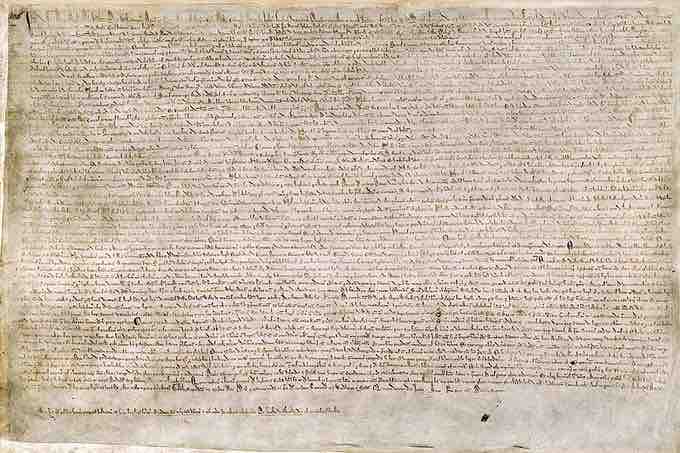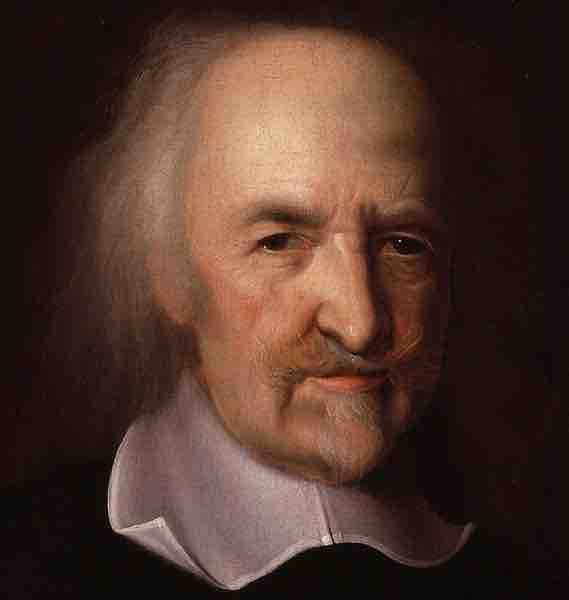Introduction
The Constitution is the supreme law of the United States of America . The first three articles of the Constitution establish the rules and separate powers of the three branches of the federal government: a legislature, the bicameral Congress which is an executive branch led by the President, and a federal judiciary headed by the Supreme Court. The last four articles frame the principle of federalism. The 10th Amendment confirms its federal characteristics.

United States Constitution
In the U.S. Constitution, the Taxing and Spending clause gives the federal government of the United States its power of taxation.
The Constitution was adopted on September 17, 1787 by the Constitutional Convention in Philadelphia, Pennsylvania. It was ratified by conventions in 11 states. It went into effect on March 4, 1789. The first 10 constitutional amendments ratified by three-fourths of the states in 1791 are known as the Bill of Rights. The Constitution has been amended 17 additional times – for a total of 27 amendments – and its principles are applied in courts of law by judicial review.
The Constitution guides American society in law and political culture. It is the oldest written national constitution in continuous use. It influenced later international figures establishing national constitutions.
Historical Influences
Several ideas found in the Constitution were new. These were associated with the combination of consolidated government along with federal relationships with constituent states. The due process clause of the Constitution was partially based on common law and on Magna Carta (1215, ), which had become a foundation of English liberty against arbitrary power wielded by a tyrant. Both the influence of Edward Coke and William Blackstone were evident at the Convention. In his Institutes of the Laws of England, Edward Coke interpreted Magna Carta protections and rights to apply not just to nobles, but to all British subjects.

Magna Carta
The Magna Carta of 1215 was written in iron gall ink on parchment in medieval Latin using standard abbreviations of the period. It was authenticated with the Great Seal of King John. The original wax seal was lost over the centuries. This document is held at the British Library identified as The British Library, Cotton MS. Augustus II.
Following the Glorious Revolution, British political philosopher John Locke was a major influence expanding on the contract theory of government advanced by Thomas Hobbes . Locke advanced the principle of consent of the governed in his Two Treatises of Government. Government's duty under a social contract among the sovereign people was to serve them by protecting their rights. These basic rights were life, liberty, and property. Montesquieu emphasized the need for balanced forces pushing against each other to prevent tyranny. In The Spirit of the Laws, Montesquieu argues that the separation of state powers should be by its service to the people's liberty: legislative, executive, and judicial.

Thomas Hobbes
The English political theorist Thomas Hobbes was very influential to the Founding Fathers when the created the Constitution of the United States.
The Amendments
Changing the "fundamental law" is a two-part process with three steps: amendments are proposed, then they must be ratified by the states. An amendment can be proposed one of two ways. Both ways have two steps. It can be proposed by Congress and ratified by the states. Or it can be on demand of two-thirds of the state legislatures. Congress could call a constitutional convention to propose an amendment, then it would be ratified by the states. To date, all amendments, whether ratified or not, have been proposed by a two-thirds vote in each house of Congress. Over 10,000 constitutional amendments have been introduced in Congress since 1789. During the last several decades, between 100 and 200 amendments have been offered in a typical congressional year.
The Constitution has 27 amendments. The first 10, collectively known as the Bill of Rights, were ratified simultaneously by 1791. The next 17 were ratified separately over the next two centuries.
Civic Religion and Worldwide Influence
There is a viewpoint that some Americans have come to see the documents of the Constitution, along with the Declaration of Independence and the Bill of Rights, as being a cornerstone of a type of civic religion. This is suggested by the prominent display of the Constitution, along with the Declaration of Independence and the Bill of Rights. They are kept in massive, bronze-framed, bulletproof, moisture-controlled glass containers vacuum-sealed in a rotunda during the day. At night they are housed in the National Archives Building in multi-ton bomb-proof vaults.
The United States Constitution has had a considerable influence worldwide on later constitutions. International leaders have followed it as a model within their own traditions. These leaders include Benito Juarez of Mexico, Jose Rizal of the Philippines, and Sun Yat-sen of China.